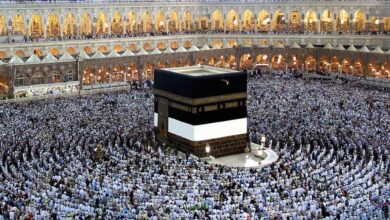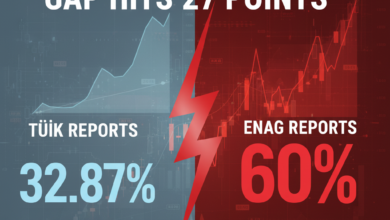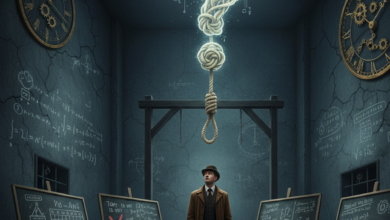
Kutahya Museum, next to the Ulu Mosque, the building known as Umur-bin Savci Madrasa was opened to visitors in 1965. The madrasa building was built in 1314 by one of the Germiyan Beys, Umur Bin Savci, under the name of Vacidiye Madrasa. The portal of the building, which was built of cut stone, shows the characteristics of Seljuk art. It has nine small rooms with doors opening to the domed middle space. In the showcases of the museum, works belonging to the Paleolithic, Chalcolithic, Old Bronze, Hittite, Phrygian, Hellenistic, Roman, Byzantine, Seljuk and Ottoman periods are exhibited. After its restoration and new exhibition arrangement, it was opened to visitors on March 5, 1999.

Artifacts from the Paleolithic, Chalcolithic, Old Bronze, Hittite, Phrygian, Hellenistic, Roman, Byzantine, Seljuk and Ottoman periods are exhibited in the museum. Especially the Late Chalcolithic Period painted pottery from Burdur Hacilar are important examples of the museum. In addition, various fossils and artifacts belonging to the Old Bronze and Phrygian periods are exhibited in the showcases at the entrance of the museum. Among these works, Phrygian children’s toys, Mother Goddess, Kybele, priests, Satyr and Hecate statues are also noteworthy. In addition, pottery, oil lamps, glass artifacts and surgical instruments from the Hellenistic and Roman periods complete them.

Amazon Sarcophagus
The Amazon Sarcophagus, discovered in 1990 at the Aizonai archaeological site, is among the important works of the museum. This sarcophagus, dated to 160 AD, re-enacting the war between the Greeks and the Amazons, is among the rare examples that have survived to the present day. Cubes, bone tools and tiles found in the Seyit Omer Hoyuk salvage excavation; Hittite period finds and Roman period tombstones unearthed by the museum during the Agoren rescue excavation are among the important works in the museum.







